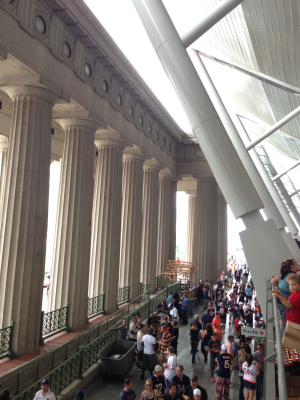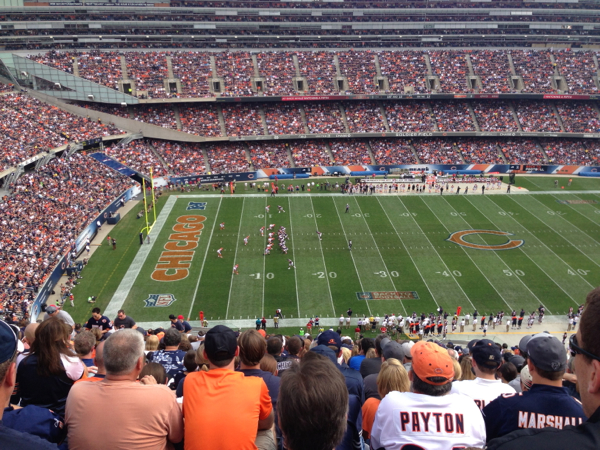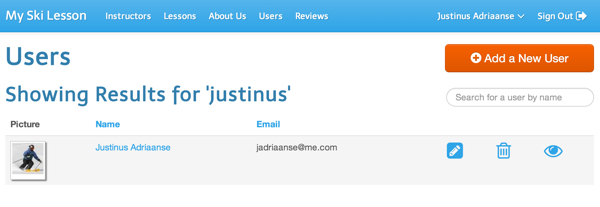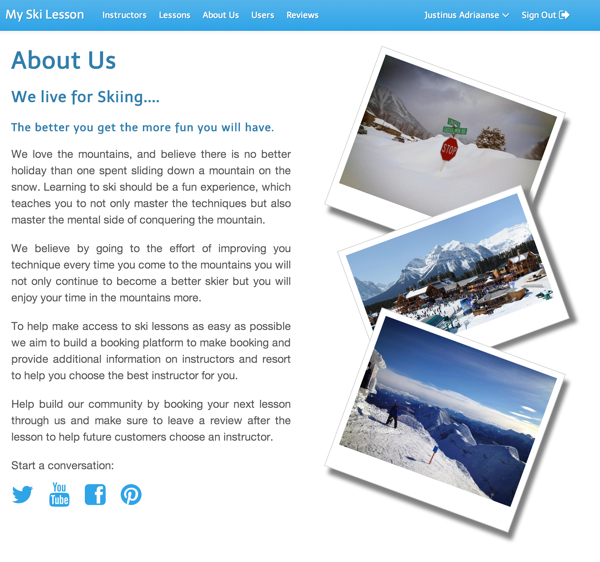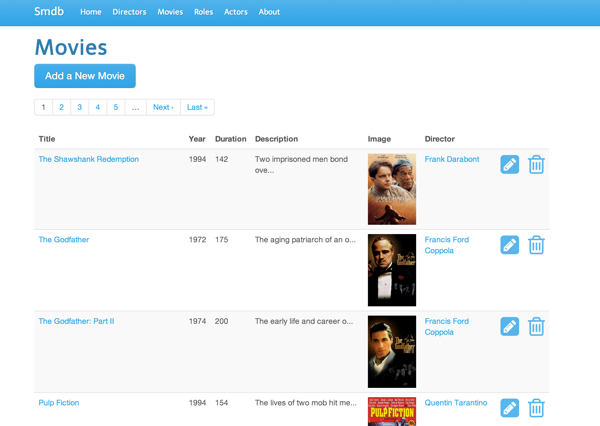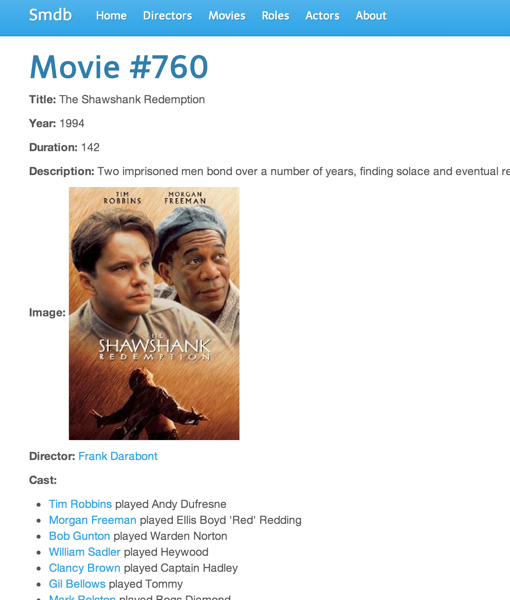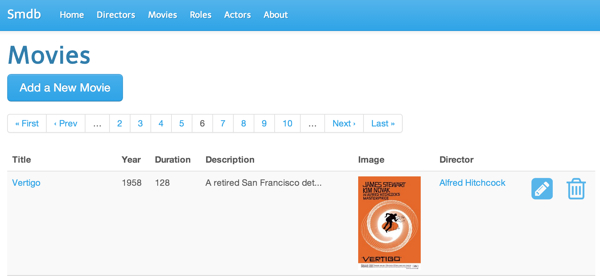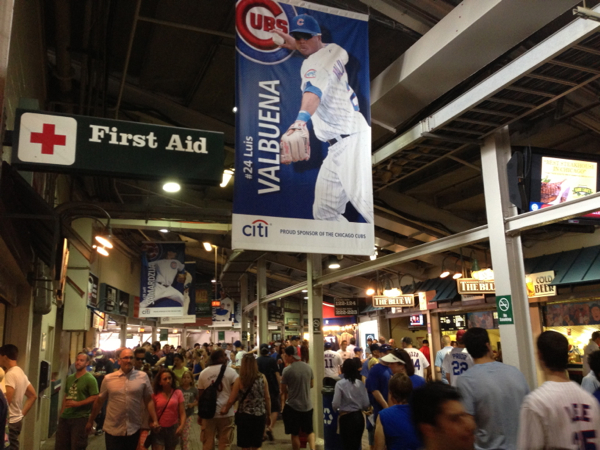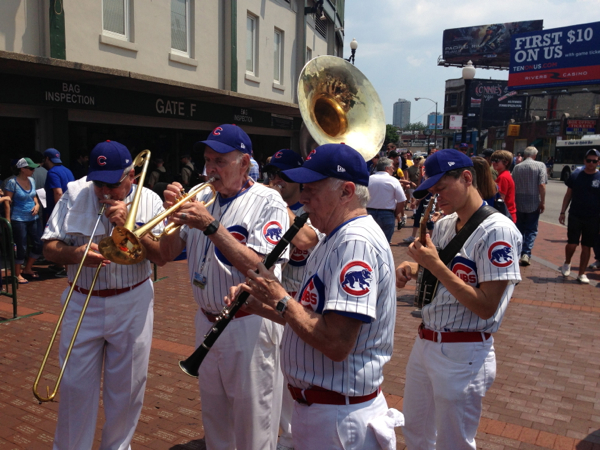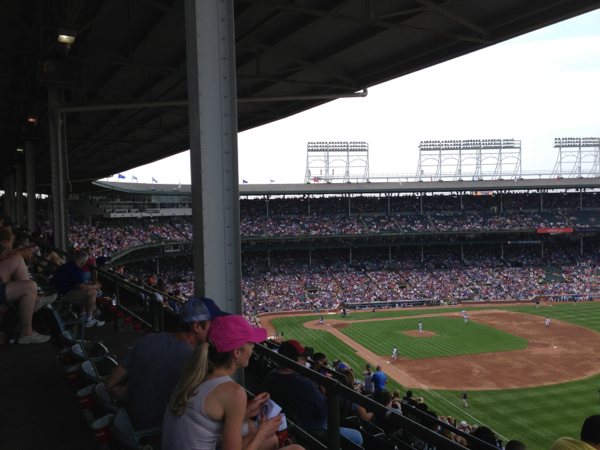Soldier Field is a prominent landmark in down town Chicago. It is on the area known as the museum campus, next to the Field Museum, the aquarium and planetarium. So ever since my first visit to Chicago last year I have been eager go watch the Bears play a game there.
The stadium was build 1922 and is named Soldier Field as memorial to soldiers who have died in wars. Soldier Field is the oldest stadium in NFL and the second smallest with a capacity of only 61 500 – about the same as Ellis Park. It was amazing to think that even with a capacity crowd it was only about half of what I was apart of the day before at ‘The Big House’.
It was remodeled extensively in the early 2000. From the outside is look a little like a spaceship landed in side some Roman or Greek ruins. How it got to be like that is a funny story, here is how some of the tour guides tell it. When they wanted to build a new stadium they could not get approval to knock the old one down since it was a national monument or something like that. So they build the new stadium inside the old one. But once it was completed the monument status was revoked. Which meant they could now actually build anything they want, but it was to late of course.
NFL is predated by collage football by several decades, and is a big commercial machine, with advertising and sponsorships everywhere, a stark contrast to college football. There were pre-game fireworks and a half time show by a local college marching band.
Over all it was a great experience at Soldier Field. The Bears clearly have a very passionate following in Chicago; you see Bears flags everywhere. The game might be completely different then rugby but people here are every bit as passionate about their team as we are about the Bulls back home.

